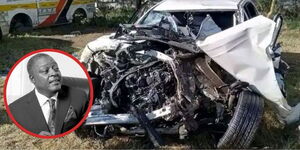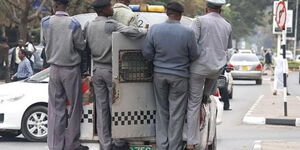The National Transport and Safety Authority (NTSA) on Tuesday, January 28, unveiled more directives proposed in the National Transport and Safety Authority (Operation of Commercial Service Vehicles) Regulations, 2025 directed to commercial service owners, carriers, and operators.
The five new proposals seek to ensure that commercial vehicle owners hone in on their responsibilities and follow strict regulations to ensure their vehicles do not endanger other motorists.
"Responsibilities of commercial service vehicle owners, carriers or operators as proposed in the draft regulations," part of the statement read, followed by the five proposed responsibilities.
To start with, all vehicle owners and operators are expected to maintain the vehicle in proper and fit mechanical condition for safe operation. They are thus expected to keep maintenance records for each of their vehicles for a minimum period of two years.
Secondly, they have been mandated to employ drivers qualified to operate commercial service vehicles. They have also been directed to undertake regular road safety awareness for these employed drivers.
Also targeted to drivers, the owners have been urged to put in place mechanisms to ensure that employed drivers do not drive for more than the maximum driving hours prescribed under the Traffic Act.
Lastly, they should submit a preliminary report of any crash that results in a fatality to the Authority within twenty hours of its occurrence.
In a series of social media posts since Monday, NTSA has been revealing more draft regulations that, if passed, are meant to regulate the operationalisation of commercial service vehicles in the country.
In a previous post, the authority outlined eight standards for all commercial service vehicles to be considered as such.
Most notable was the installation of several features as stipulated by the Kenya Bureau of Standards (KEBS).
These included; a speed limiter, a vehicular telematic system, retro-reflective contour markings, and where applicable, underride protection devices at the rear and sides of commercial vehicles.
Other regulations mentioned in the draft were mandatory third-party insurance and a valid vehicle inspection certificate.
The presence of a sufficient first-aid kit and an updated fire extinguisher at an easily reachable position was also highlighted in the draft.












